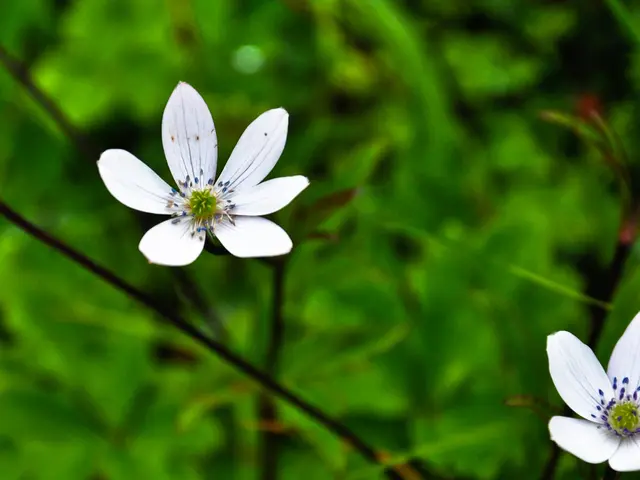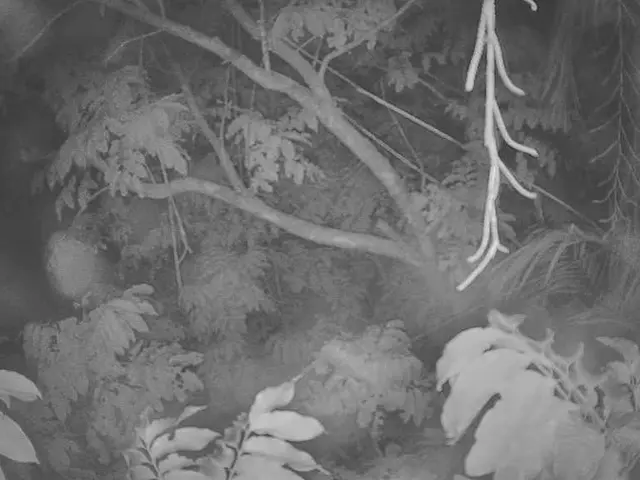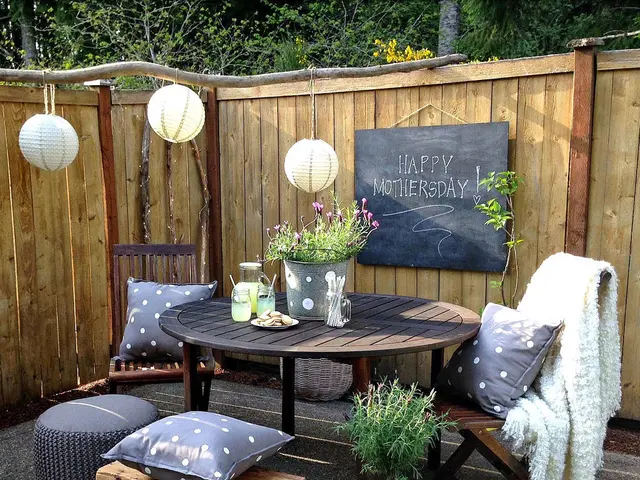Soil Management Debate: Comparing Tilling and No-Till Techniques for Optimal Soil Health
Soil Tilling: Weighing the Advantages and Disadvantages for Your Garden
The decision to till or not till your garden soil is not a straightforward one. A variety of factors come into play, and the advice can vary depending on your specific soil conditions and gardening objectives. In this guide, we delve into the benefits and drawbacks of tilling, as well as tips for cultivating healthy, thriving soil regardless of your choice.
Horticulture educator Chris Enroth, from the University of Illinois Extension Service, explains that tilling is the practice of physically turning soil, either to prepare it for planting or to control weed growth between rows. In a garden, rototillers or broadforks are commonly used to achieve this. However, it's essential to note that while tilling can help reduce weed pressure temporarily, it may also create weed problems by bringing more weed seeds to the surface[1]. Repeated tilling over time can lead to soil compaction, especially in the layer beneath the tilled soil.
On the other hand, experts like Jeff Lowenfels, author of Teaming with Microbes: The Organic Gardener's Guide to the Soil Food Web, advocate for the no-till method, which minimizes soil disruption. The no-till method promotes the growth and activity of beneficial organisms in the top layers of soil, such as fungi, bacteria, and earthworms, which play a crucial role in breaking down organic matter, releasing nutrients, and aerating the soil[1]. To establish a no-till garden, you can cover your garden area with a heavy wood mulch or plastic during the fall so that by spring, it will be ready for planting without the need for tilling[1].
Incorporating organic materials, breaking up compacted soil, and preparing a seedbed are some instances where tilling may be beneficial. For example, Lowenfels recommends tilling in the fall to quickly incorporate organic materials into clay soil[1]. Additionally, tilling compacted soil and adding compost can help improve the soil's structure in a new bed[1]. However, it's important to note that excessive tilling can speed up decomposition, potentially harming the environment by releasing carbon to the atmosphere[1].
To maintain healthy soil, whether you choose to till or not, consider the following tips:
- Space out your tilling: Frequent tilling can lead to the development of a plow pan, an impermeable layer that inhibits root penetration and water drainage[2].
- Add compost: Organic matter decomposes, releasing substances that help create soil aggregates, improving drainage in clay soil and water retention in sandy soil[2].
- Test your soil and incorporate amendments: Lowenfels suggests tilling in garden lime or sulfur to adjust the pH, or replenish nutrients that may be deficient[2]. This should be done in the fall to allow the amendments time to effectively infiltrate the soil.[3]
- Plant cover crops: Wind and rain can lead to soil erosion when the soil surface is exposed. Planting a cover crop like Australian winter pea, fava beans, or crimson clover helps prevent soil erosion and gradually break down, releasing nutrients for your plants[2].
- Use mulch: Mulch has numerous benefits, including reducing weeds, maintaining soil moisture, and preventing soil surface crusting[3]. As it decomposes, it adds nutrients and improves the soil's structure[2].
In conclusion, while tilling may be useful in specific situations, it's not always necessary. Minimal-till or no-till practices help maintain the soil environment, promote beneficial organisms, and reduce soil compaction. By understanding your soil type, gardening goals, and implementing best practices, you can cultivate healthy, thriving soil for your garden.
[1] Lasagna Gardening: The Simplest Way to Start New Planting Beds[2] We Cleared Land and Prepared Garden Beds Using Tillers-After 30 Hours of Labor, Here Are the 6 Our Editors Recommend[3] How to Create a Hügelkultur Garden[4] How to Test Your Garden Soil's pH Level in 4 Simple Steps
- To maintain a healthy yard and garden, consider the lifestyle recommendations from Better Homes and Gardens (BHG) and Home-and-Garden magazines, which emphasize gardening practices that include caring for your garden by minimizing tilling in favor of no-till methods.
- For those who choose to till their garden soil, it's important to space out the tilling to prevent the development of a plow pan, an impermeable layer that inhibits root penetration and water drainage.
- Incorporate organic materials such as compost into your garden soil, whether you choose to till or follow the no-till method, as it can improve soil structure, help create soil aggregates, and provide essential nutrients for your plants.








